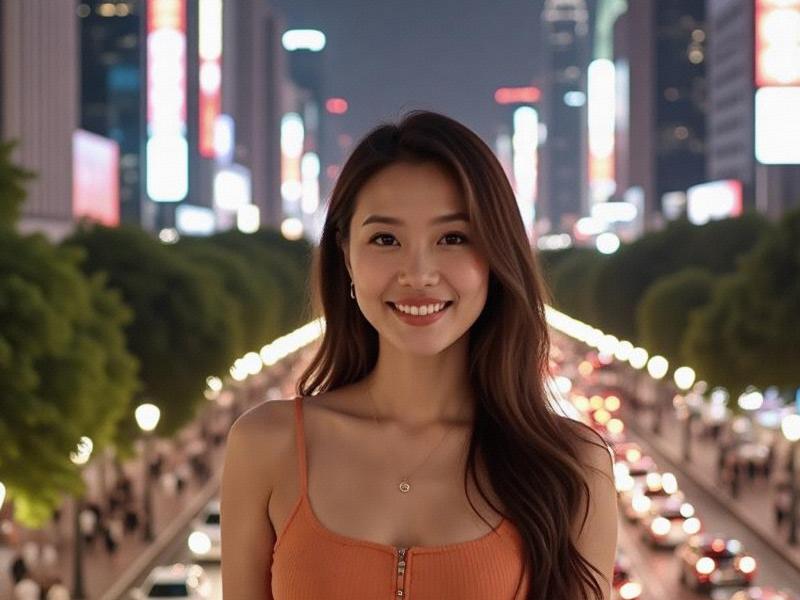
The Shanghai megacity region in 2025 presents a startling paradox - the world's most advanced urban center has become the unlikely champion of rural preservation. This unexpected synthesis has birthed what urban planners now call "the quantum city model," where Shanghai's core and its periphery exist in a state of productive entanglement rather than hierarchical dependency.
Three revolutionary developments characterize this transformation:
1. The "15-Minute Quantum Commute" Network
• Vacuum tube trains connecting Shanghai to Nantong (9 minutes)
• AI-piloted air taxis serving 28 suburban hubs
• Underwater transit tunnels linking Chongming Island to downtown
阿拉爱上海 2. The Distributed Innovation Ecosystem
• Quantum computing labs in Shanghai proper paired with manufacturing in Kunshan
• Biotech research centers in Pudong feeding clinical trials in Taicang
• Zhangjiang's AI campus collaborating with Hangzhou's cloud computing cluster
3. The Cultural Conservation Matrix
• Digital twinning of 137 protected heritage villages
• "Living museums" preserving Jiangnan water town traditions
上海贵族宝贝sh1314 • Blockchain authentication for regional handicrafts
Environmental management breakthroughs include:
• Shared carbon accounting across municipal boundaries
• Coordinated flood control for the entire Yangtze estuary
• Wildlife corridors stretching from urban parks to rural wetlands
Economic indicators reveal remarkable balance:
上海品茶工作室 • 42% of Fortune 500 regional HQs in Shanghai proper
• 58% of high-tech manufacturing in surrounding cities
• Rural tourism revenue up 320% since 2020
As urban theorist Dr. Elena Martinez notes: "Shanghai has achieved what Western cities only theorize - true polycentric development where periphery and core mutually enhance rather than compete." The implications are global, with 14 international cities already adopting elements of this model.
The Shanghai region's greatest innovation may be its rejection of the urban-rural dichotomy. In 2025, a farmer in Qingpu district might monitor crops via quantum sensors while a financier in Lujiazui practices traditional calligraphy - both equally representative of this new urban civilization.
